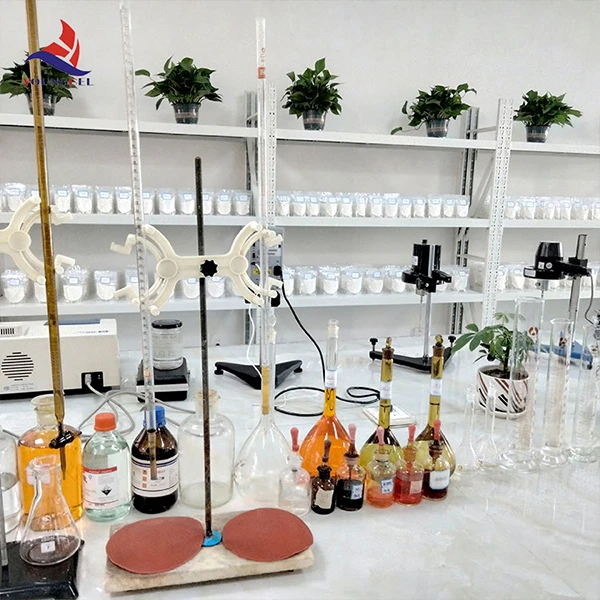Understanding Hypromellose An Essential Polymer in Modern Applications
Hypromellose, commonly referred to as HPMC (Hydroxypropyl Methylcellulose), is a semi-synthetic polymer derived from cellulose, a natural polymer found in the cell walls of plants. This compound has garnered significant attention in various fields due to its unique properties and versatility. From food production to pharmaceuticals and cosmetics, hypromellose plays a crucial role in enhancing product performance and user experience.
One of the key characteristics of hypromellose is its ability to retain water, making it an effective moisturizing agent. This property is particularly valuable in the pharmaceutical industry, where HPMC is commonly used as a binder in tablet formulations. By improving the consistency and stability of the tablets, hypromellose ensures that active ingredients are delivered effectively to the body. Its film-forming ability allows it to create a protective layer around the tablets, preventing degradation from environmental factors and enhancing shelf life.
Understanding Hypromellose An Essential Polymer in Modern Applications
Hypromellose’s utility extends to the cosmetics and personal care industry as well. It is a common ingredient in lotions, creams, and gels due to its emulsifying and thickening properties. In skin care products, HPMC helps to create a smooth texture and enhance spreadability, ensuring that the product is easy to apply and absorbs well into the skin. Additionally, its ability to form a protective barrier on the skin helps to retain moisture, thereby offering hydration without the greasy aftermath often associated with oil-based products.
hpmc hypromellose

The versatility of hypromellose does not end there; it is also utilized in construction materials as a water-retaining agent. When added to cement and mortar mixtures, HPMC ensures that the materials retain moisture for an extended period, which is essential for proper curing and strength development. This application highlights the polymer’s importance in sustainable building practices, where moisture control is crucial for energy efficiency and structural integrity.
Environmental concerns have led to a growing interest in biodegradable materials, and hypromellose is often seen as a suitable candidate. Its natural origin and biodegradability make it a more sustainable option compared to many synthetic polymers. As industries seek to reduce their environmental impact, the adoption of materials like hypromellose could contribute to more sustainable practices in manufacturing and product development.
However, as with any substance, the use of hypromellose is not without challenges. Regulatory scrutiny in food and pharmaceutical applications means that formulations must adhere to strict guidelines to ensure safety for consumers. Continuous research is being conducted to explore the full potential of HPMC, highlighting the need for innovation while maintaining safety standards.
In conclusion, hypromellose is a multifaceted polymer that plays a vital role across various industries. Its ability to act as a thickener, emulsifier, and binder, coupled with its water-retaining properties, make it an invaluable ingredient in products ranging from pharmaceuticals to cosmetics and food. As the demand for sustainable and effective solutions grows, hypromellose is poised to remain an essential polymer in modern applications, reflecting a balance between functionality and environmental responsibility.
-
Rdp Powder: Key Considerations for Wholesalers in the Building Materials IndustryNewsJul.08,2025
-
Key Considerations for Wholesalers: Navigating the World of Hpmc - Based ProductsNewsJul.08,2025
-
Hpmc Detergent: Key Considerations for WholesalersNewsJul.08,2025
-
Key Considerations for Wholesalers: China Hpmc For Tile Adhesive, Coating Additives, Concrete Additives, and MoreNewsJul.08,2025
-
Crucial Considerations for Wholesalers: Navigating the World of Construction MaterialsNewsJul.08,2025
-
Key Considerations for Wholesalers Sourcing Additive For Cement, Additive For Concrete, Additive For Putty from Additive Manufacturer Shijiazhuang Gaocheng District Yongfeng Cellulose Co., Ltd.NewsJul.08,2025




